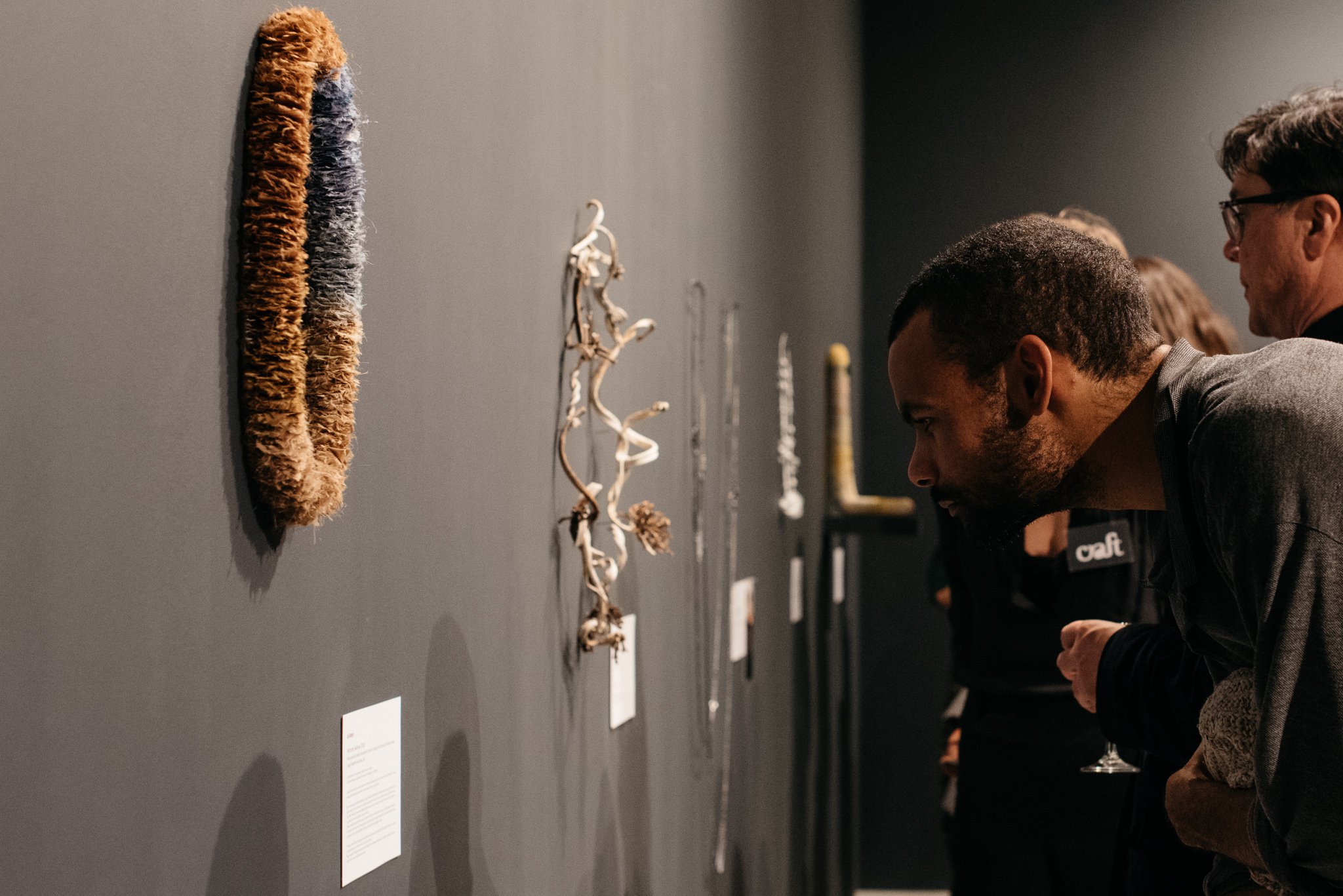
Resources for Makers
Being a maker is more than just creating. Behind the creation of handmade object there is a process that includes the formation of narratives that communicate to the user the story of the object and practice. Inherent in this the process is writing.
Craftspeople need to write often and for many audiences. They create their story, shape their brand and communicate it to customers, retailers, wholesalers and other makers. They apply for grants, residencies and other opportunities illustrating their practice and career aspirations to government funders and peer assessors. Craftspeople write exhibition proposals and artist statements, sharing their vision with those in the arts community. Many blog or produce online content to convey their process and catalogue their ideas. Then there are those whose craft is that of writing, who use their skills and talents to bring new perspectives to the world of the handmade.
Writing and craft go hand in hand, for as much as makers let their objects tell the story, their words help frame the image.
This is one of the many reasons Craft Victoria began the Craft Writers’ Program. By commissioning six talented writers in 2016 to write about craft, the program aims to highlight the diversity of craft writing and reach new audiences.
In August one of the program participants, Claire Rosslyn Wilson, shared her expertise with nearly 200 conference goers at Craft’s Craft and Design as a Career conference. As a professional arts writer and poet she had significant experience in tailoring her message to meet the specific needs of the audience. Here I’ll hand it over to Claire to provide insight into the craft of writing.
Writing is probably going to be one of the main ways artists, designers and craft practitioners will communicate their creative practice to a large audience, whether it’s via a website, emails to curators and other artists or grant applications. But writing about art practice can be an intimidating experience, which leaves artists asking where do I start?
The challenge is, there are too many stories to tell and you can’t tell them all at once. In fact, you might only have 100 words to explain your whole creative practice, which might seems impossible when you look at the complex influences that inform your work.
So you need to choose what story you are going to tell. Sometimes this will be obvious. If you’re going for a residency that asks for a specific project, the conditions of the call will direct how you explain your practice. But a lot of your communication will be general and you might not know exactly who is going to read it (such as people reading your website). In these instances the story you want to tell is the one which at the heart of your practice. What is it that makes you passionate about what you do?
Below are 10 ideas of how to write about your creative practice:
- Find what it is about your practice that you’re most passionate about and put that front and centre. Perhaps it’s the material you work with, or the themes you portray. Maybe it’s a social issue such as environmental sustainability.
- Develop a vision statement or objectives for your career. This can then be the backbone of most things you write about your practice. These objectives can change as you go on, but it’s useful to have one key document to refer to when you need to quickly write up a project proposal. (It can also be a handy reference document to keep you motivated.)
- Create an artist website. This doesn’t have to be elaborate, but even a simple website allows you to store all your work in one place for people to refer to.
- Provide comprehensive information on your website. Is there enough information available so that people can understand your work?
- Make your artist statements easy to read. What do you make? What are your key themes? If a reader can’t find out the practical information quickly, they might be tempted to turn away.
- Make sure you tell your readers what is unique about you. Everyone has a unique practice, an interesting story to tell, so make sure you include this in your writing.
- Document all your work. Documentation of past work and exhibitions is very useful to have at hand to show curators, journalists or people you want to work with in the future. It gives people an idea of your work and can lead to further opportunities.
- Keep the jargon to a minimum. In an age where people are overloaded with information, most readers want to get to the point as quickly and as easily as possible. Keep the sentences short and pay attention to grammar and punctuation.
- Learn from your peers. How are other artists writing about their work on their websites? Read lots of examples until you find the style of writing that suits you.
- Streamline your communication as much as possible. If you’re an artist, designer or craft practitioner writing probably isn’t the core of your practice, so make your life as easy as possible: use a standard biography, have your documentation ready, refer people to your website.
From Craft’s perspective most importantly, craftspeople need to make their writing personal. Personal histories and how practices relate to them are vital to communicating about craft. The best craft writing tells us something about the maker, the curator, the author or the critic.
Let the personal shine through.
By Kim Goodwin & Claire Rosslyn Wilson